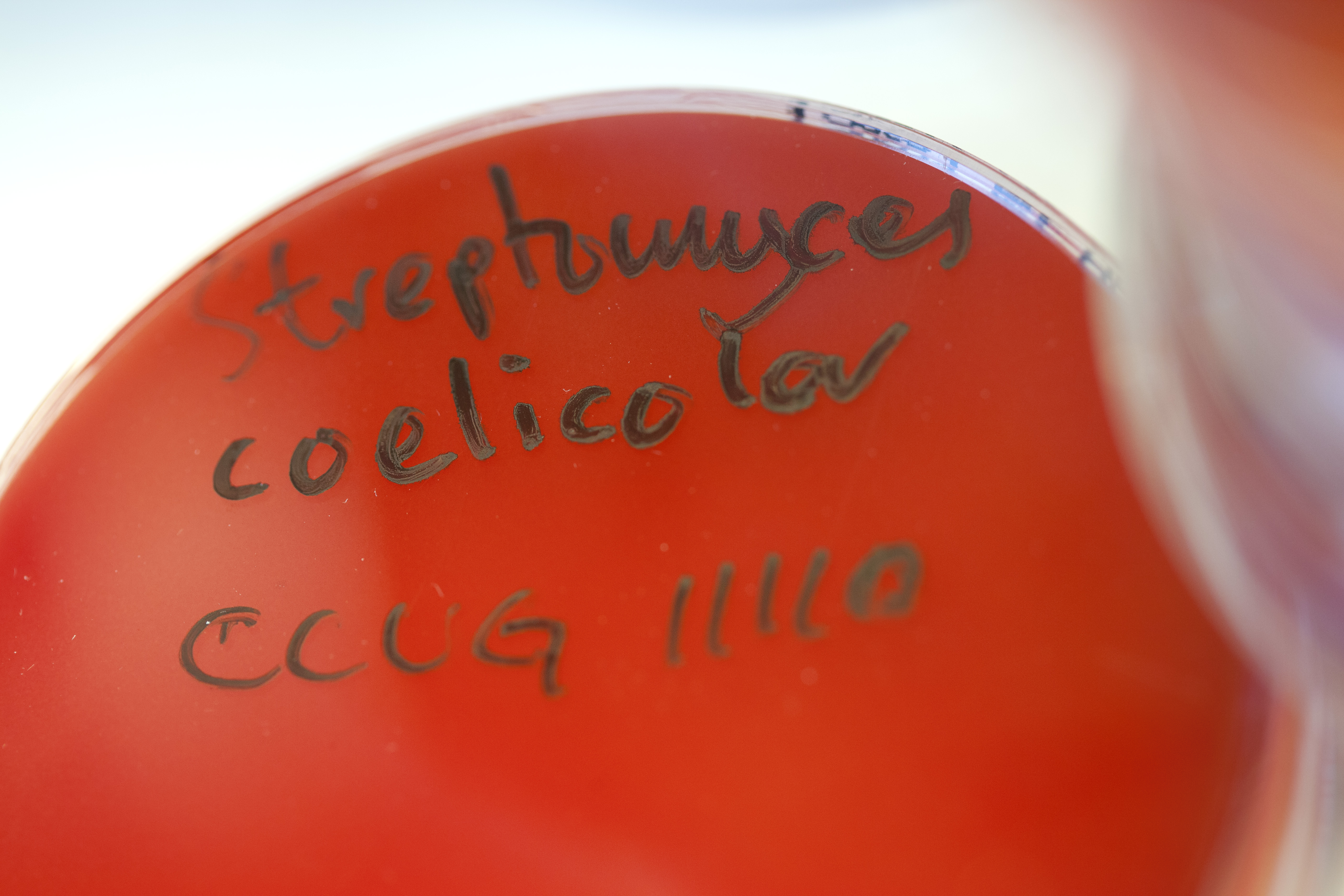
About 13 million people die every year from infections. As few as six fatal infections – pneumonia, tuberculosis, diarrhea disorders, malaria, measles, and hiv/aids – account for the greatest mortality in children and adolescents in the world, primarily in developing countries.
Infectious diseases are caused by contagious substances, pathogens, as opposed to diseases that have genetic, physical, or chemical causes. Pathogens include viruses, bacteria, parasites, fungi, and prions.
It was not until the middle of the 19th century that the connection was discovered between tiny living pathogens, visible only in a microscope, and diseases. The discovery can be ascribed to Louis Pasteur. He found that a particular bacterium leads to a particular disease.
When the body is exposed to a harmful attack from microorganisms—bacteria, viruses, parasites, or fungi—it becomes infected.
When an infectious substance has broken through the body’s first line of defense, the skin and mucous linings, the body’s various defense systems are activated, causing an inflammation. An infection can lead to different complaints, depending on the infectious substance, where the infection is located, and the body’s defense reaction. Inflammation, which is the body’s defense, often causes swelling, redness, throbbing pain, a feeling of heat, and fever.
Bacteria and viruses
Bacteria are single-cell microorganisms that can reproduce by mitosis. There are thousands of species of bacteria. About one hundred of them are pathogenic, that is, cause disease, in humans. Bacterial infections can be treated with penicillin and other kinds of antibiotics.
Antibiotics have various functional mechanisms and attack the bacteria’s metabolism, hampering their growth. In this way, the bacteria can be combated without the body simultaneously being harmed.
Bacteria such as pneumococci, streptococci, and staphylococci are among the most common causes of airway infections and skin infections.
Many infectious diseases are caused by viruses. Viruses have no metabolism of their own and are unable to reproduce on their own. Instead they have to invade a host cell and reprogram that cell’s genes to get it to begin to produce new virus particles. These in turn can then attack new cells.
Antibiotics are useless against viruses. It’s impossible to poison or kill a virus in some other way without also killing the cell.
There are vaccines against some viruses. For others there are medicines that at least have a retardant effect on virus reproduction.
New times—new threats of infection
Infectious diseases have always had a major impact on human health. The Black Death, for example, is estimated to have killed 50 million people in Europe.
In the 20th century major strides were taken in terms of treatment and prevention of infectious diseases. Thanks to better vaccines, some diseases have declined dramatically or even been eradicated (for instance childhood diseases, polio, and smallpox). Improvements in general and personal hygiene in many countries have relegated diseases like cholera, typhoid fever, and birth infections to the past. Unfortunately these advances have not reached all countries to the same extent. What’s more, news threats keep appearing. New lifestyles (including increased global travel, a global foodstuffs market, overuse of antibiotics, altered sexual behavior) and environmental changes entail that many health advances now face a risk of being lost. Swine flu and bird flu are two examples of new infectious diseases.
Infectious diseases can be socially acquired or hospital acquired, and they include infections that affect the airways such as inflammation of the ear, sinus inflammation, and pneumonia, infections affecting the gastrointestinal tract and urinary tract, skin infections, and joint infections, and severe infections like blood poisoning and meningitis.
Text Carina Dahlberg/KAW
Translation Donald S. MacQueen
Photo Magnus Bergström